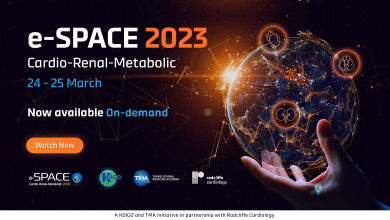In This Section:
Metabolic dysfunction-associated fatty liver disease (MAFLD)
Non-alcoholic steatohepatitis (NASH) is a condition that is associated with an increased risk of cardiovascular disease (CVD) and hypertension. It is a form of non-alcoholic fatty liver disease (NAFLD) and is linked with obesity and diabetes.
About 20-30% of patients with NAFLD will go on to develop NASH and approximately 462 million people are affected by diabetes and obesity worldwide who are at increased risk. NASH affects 12% of patients in developed countries and 30% of patients in the US.
Symptoms and Diagnosis:
NASH largely goes undiagnosed because for many people it causes no symptoms and as a result, there is often a delayed diagnosis. Diagnosing NASH requires a liver biopsy and overnight hospital stays which can be costly, expensive, life threatening and unreliable, meaning repeat tests can be necessary. Trials are therefore underway to find non-invasive detection methods (via non-invasive screening such as biomarkers and imaging).
Treatment:
There are currently no FDA approved treatment options globally to treat NASH and so it is one of the largest areas of unmet clinical need worldwide and there are many active trials ongoing.
Currently NASH patients are diagnosed to a hepatologist or gastroenterologist for diagnosis, but cardiologists may help in the referral pathway.
Video
Video Series
Fausto J Pinto, John Spertus, , et al
Broadcast
e-SPACE CRM 2023 – Day TwoStefan Anker, Javed Butler, Shelley Zieroth, et al
Broadcast
e-SPACE CRM 2023 – Day OneStefan Anker, Javed Butler, Shelley Zieroth, et al
Recent Videos
Video Series
Vijay Chopra, Deepak L Bhatt, George L Bakris, et al
Broadcast
e-SPACE CRM 2024 - Day 2Ileana L Piña, Gianluigi Savarese, , et al
Broadcast
e-SPACE CRM 2024 - Day 1Ileana L Piña, Gianluigi Savarese, , et al
Video
Video Series
Fausto J Pinto, John Spertus, , et al
Radcliffe Content
European Cardiology Review 2024;19:e03.
European Cardiology Review 2024;19:e02.
European Cardiology Review 2023;18:e64.
European Cardiology Review 2023;18:e23.













